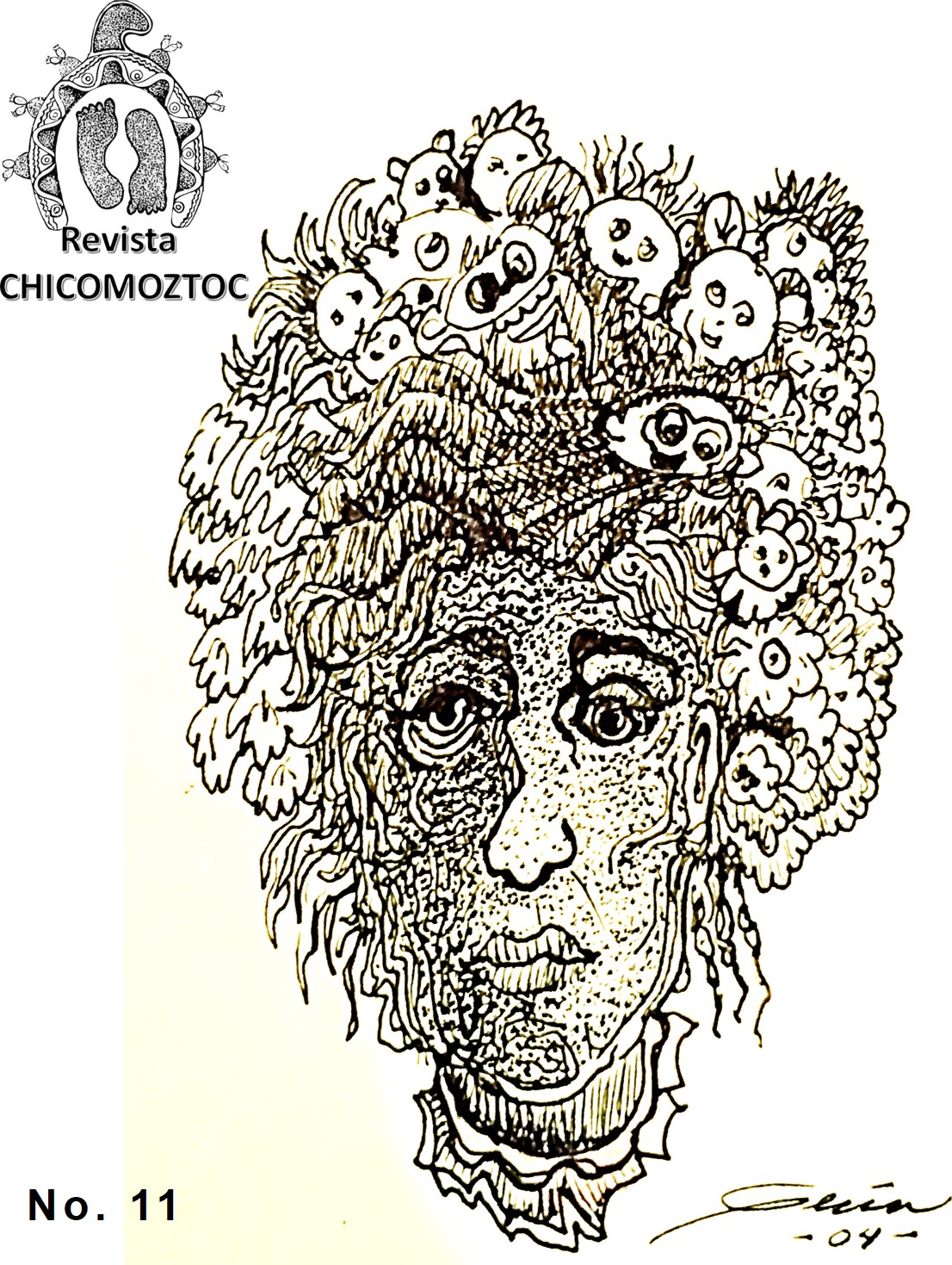Published 2024-02-01
Keywords
- violence,
- disappearances,
- administration of justice,
- applied science,
- forensic archaeology
- identification of people ...More
How to Cite
Abstract
Mexico faces a highly violent historical moment characterized among many things by the high rates of disappearance of people. No family is exempt from this atrocity and it becomes a necessity for Judicial Institutions to establish strategies and guidelines to intervene and reduce this problem.
Throughout the national territory, findings of clandestinely deposited corpses are frequently reported, which are difficult to identify, either due to the conditions in which they are found or the level of violence exerted on the remains.If we consider that the right to identity and individualization is recognized worldwide, it can be said that depriving any individual of this is an act of violence at various levels, including the psychological level for the immediate emotional circle, a crime that must be punished. Given these facts, the authorities must provide society with the security and tranquility of knowing the whereabouts of their loved ones, this being one of the many guarantees that must be granted to society.The above and to reduce impunity, one of the strategies that have been planned at the national level is the implementation of an Accusatory Justice system in which multidisciplinary investigations are promoted where the optimal execution of the law is guaranteed. law, which in turn seeks to reduce violence rates.
Downloads
References
Aijimer, Goran y Jon Abbink (ed.) (2000). “The idiom of violence in Imagery discourse” en Meanings of Violence. A cross cultural perspective. Berg Editorial. Pp. 1 – 22.
Blok, Anton (2000). “The enigma of senseless violence” en Aijimer, Goran y Jon Abbink (ed.) Meanings of Violence. A cross cultural perspective. Berg Editorial. Pp. 23 – 38.
Ferrandiz Martin, Francisco y Carles Feixa Pampol (2004). Una mirada Antropológica sobre las violencias. En Alteridades. Vol. 14, No. 27. Universidad Autónoma Metropolitana – Iztapalapa. Pp. 159 – 174.
Lagunas Rodríguez, Zaid y Ana María Isabel Reyes Vázquez (2009). Apuntes para la historia de la antropología física forense en México. En Revista Criminalidad Policía Nacional. DIJIN, vol. 51, núm. 2.
Martin, Gerard (2000). “The tradition of violence in Colombia: material and symbolic aspects” en Aijimer, Goran y Jon Abbink (ed.) Meanings of Violence. A cross cultural perspective. Berg Editorial. Pp. 161 – 192.
Morquecho Güitrón Ana Cecilia y Lorenzo Rafael Vizcarra Guerrero (s/f). Inseguridad pública y miedo al delito, un análisis de las principales perspectivas teóricas y metodológicas para su estudio.
Parra, R.C. y M.R. Palma (2005). Desde el rincón de los muertos y la memoria de sus familiares. Aportes forenses de la antropología a los derechos humanos. Documento publicado en la revista Antropólogos Iberoamericanos en Red (AIBR).
Penelas, Federico (s/f). Historia, crueldad y victimización: una crítica al sentimentalismo rortiano. Universidad de Buenos Aires.
Rodríguez Cuenca, José Vicente (1994). Introducción a la Antropología Forense análisis e identificación de restos óseos humanos. Departamento de Antropología Universidad Nacional de Colombia Santafé de Bogotá.
Serrano Sánchez, Carlos (s/f). Historia de la Antropología. Forense en México. IIA – UNAM.
Stanley, Ruth (2004). Reseña de "Burocracias y violencia. Estudios de antropología jurídica" de Sofía Tiscornia Cuadernos de Antropología Social, Universidad de Buenos Aires Argentina. No. 20, pp. 171-174.
Valencia-Caballero, L. y Methadzovic A. (2009). La antropología forense en México. En Revista Española de Antropología Física, 30:1-9. Sociedad Española de Antropología Física.


